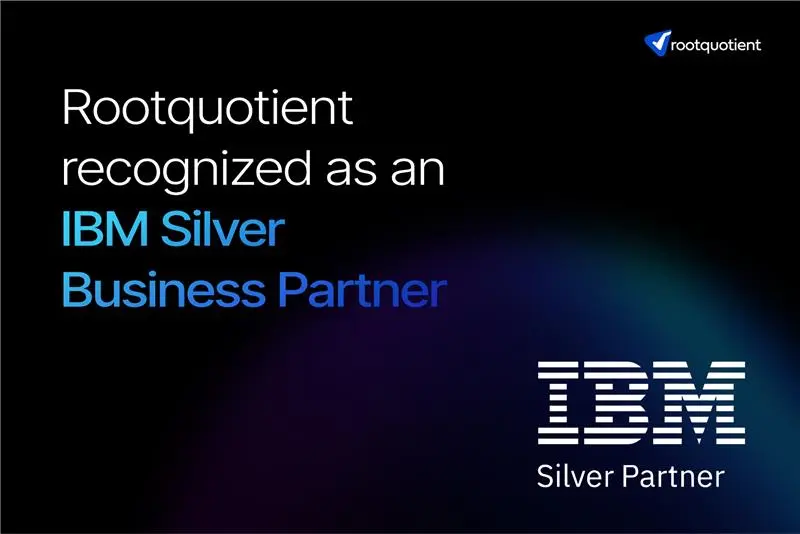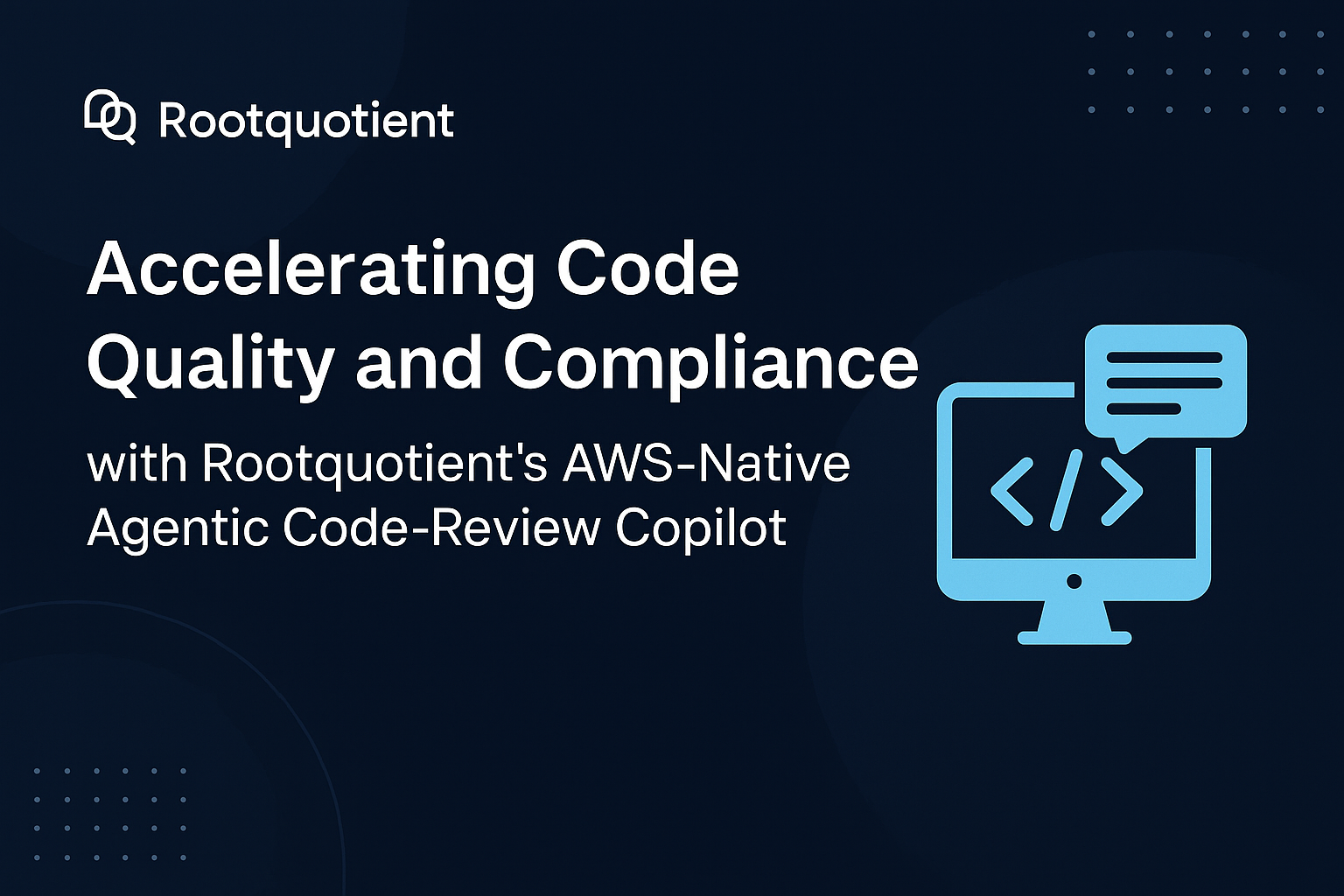
Engineering outcomes with a purpose
Scalable Architecture Design
Designing modular, resilient systems that support growth without compromising sustainability, performance, or agility.

End-to-End Product Development
Engineering workflows that integrate seamlessly across teams, delivering with consistency, traceability, and purpose.
Cloud-Native Engineering
Building in cloud environments that prioritize performance, cost-efficiency, and long-term infrastructure flexibility.
Platform Modernization
Re-architecting legacy systems for agility, performance, and reduced technical debt without disrupting current operations.
Quality Engineering
Embedding quality through automation, observability, and governance to ensure products scale without stability trade-offs.

Engineering for Adoption
Optimizing for real-world usage so systems aren’t just deployable, but usable, adoptable, and relevant across user journeys.
Driving Product Excellence Across Industries
What We Engineer

Modular Build Systems
We build in modular components, designed to evolve, integrate, and scale as your product grows.
API & Platform Engineering
Developing extensible platforms and robust APIs that support integration, partner ecosystems, and modular product design.
Connected Systems & Devices
Engineering IoT and embedded systems for real-time data flow, performance monitoring, and intelligent edge decisions.
Legacy System Modernization
We re-architect legacy foundations for the future, preserving product continuity while enabling scalability, performance, and debt reduction.
Enterprise Software Engineering
Delivering secure, compliant, and business-aligned applications tailored to unique operational demands.
AI-Ready Engineering
Embedding machine learning capabilities into platform architecture, enabling real-time decision-making and personalization.
We build in modular components, designed to evolve, integrate, and scale as your product grows.
Embedding machine learning capabilities into platform architecture, enabling real-time decision-making and personalization.
Developing extensible platforms and robust APIs that support integration, partner ecosystems, and modular product design.
We re-architect legacy foundations for the future, preserving product continuity while enabling scalability, performance, and debt reduction.
Engineering IoT and embedded systems for real-time data flow, performance monitoring, and intelligent edge decisions.
Delivering secure, compliant, and business-aligned applications tailored to unique operational demands.
“We have a great reciprocal relationship, there’s no wall between us. My internal teammates have come to me to say they’re impressed with Rootquotient because they’re knowledgeable and answer questions honestly.”


How We Engineer for Product Excellence
Our approach for software product engineering combines modular thinking, intelligent systems, and platform extensibility, ensuring every product we build is resilient, adaptable, and built for scale.
Discovery & Planning

We begin by aligning on business goals, user needs, and technical feasibility, so every subsequent decision is driven by purpose.
System Architecture & Stack Planning

We design systems with a focus on long-term viability, selecting the right infrastructure and frameworks to support growth.
Scoping &
Sequencing

Translating strategy into actionable milestones, we prioritize initiatives that deliver early value while paving the way for scale.
Agile
Development

Our cross-functional teams work in iterative cycles, integrating continuous feedback to refine the product as it evolves.
Testing &
Quality Assurance

Quality is built in from day one through rigorous testing, automated monitoring, and comprehensive validation.
Deployment & Scale Enablement

We prepare for a confident launch with robust infrastructure readiness, observability, and post-release support to sustain momentum.

Reducing Carbon Footprints and Promoting Sustainability
Reliable Healthcare Solutions
Delivering uninterrupted performance and reliability for mission-critical healthcare products that improve patient outcomes and operational efficiency.
Our industry excellence

Ensuring uninterrupted performance for mission-critical products
Ensuring uninterrupted performance for mission-critical products
Ensuring uninterrupted performance for mission-critical products
Ensuring uninterrupted performance for mission-critical products
Ensuring uninterrupted performance for mission-critical products
Stay Ahead with Industry Insights
What product engineering support do companies typically need when building or scaling digital products?
Product engineering support typically includes core foundations like architecture design, frontend and backend development, cloud infrastructure, integrations, and quality assurance. As products grow, teams also require performance tuning, scalability patterns, and modular service design to keep systems reliable and predictable. These capabilities help companies maintain delivery velocity, reduce technical risk, and ensure the product can evolve without instability.
What does an end-to-end product engineering engagement include?
An end-to-end product engineering engagement includes architecture definition, service design, development, testing, DevOps workflows, observability, and release governance. This structure moves a product from concept to deployment with clarity and predictable delivery. As complexity increases, teams also need stronger alignment across boundaries, dependencies, and implementation patterns to enable scalable implementation. Rootquotient provides comprehensive engineering solutions that unify these components into a long-term delivery model.
How does Rootquotient approach product engineering for complex or multi-module software systems?
Complex products require engineering that aligns domain boundaries, service interactions, data flows, and integration requirements before coding begins. Rootquotient structures these systems through clear architectural principles, modular design, and predictable workflows. This helps teams manage interdependencies, reduce regression risk, and ensure that individual modules evolve without breaking the larger system. The approach supports enterprise platforms, multi-role systems, and applications with high scalability demands.
When should startups engage a product engineering team to support rapid development and scaling?
Startups should engage product engineering support when feature velocity decreases, architecture becomes restrictive, or technical decisions begin to slow down product growth. Engineering intervention at this stage helps establish scalable patterns, improve reliability, and introduce structures for deployment and testing. This ensures the product can evolve quickly without accumulating long-term technical debt and supports faster iteration cycles.
How does product engineering support cloud-connected or distributed digital products?
Cloud-connected products require engineering that manages state, data consistency, and system communication across distributed components. Product engineering defines how services interact, how workloads scale, how observability is structured, and how failures are handled. This ensures predictable performance and reduces complexity as the product grows. A structured engineering model supports integrations, event-driven workflows, and multi-environment deployments.
How does product engineering improve reliability and performance for SaaS and B2B platforms?
Product engineering improves reliability by clarifying service boundaries, optimizing resource usage, and implementing monitoring and alerting across the system. Performance is strengthened through caching strategies, scalability patterns, load distribution, and efficient data access. For SaaS and B2B platforms, this leads to faster response times, fewer production issues, and more predictable releases, enabling teams to scale safely.
What engineering practices help teams reduce technical debt during product growth?
Teams reduce technical debt by using modular architectures, consistent coding standards, automated testing, structured CI/CD pipelines, and clear documentation. These practices prevent fragmentation, support maintainability, and ensure engineering decisions remain aligned with the product roadmap. Reducing debt early helps teams avoid costly refactors and maintain long-term delivery stability.
How does product engineering support prototyping and early validation for digital products?
Product engineering supports prototyping by defining minimal technical boundaries, creating lightweight components, and enabling quick iteration cycles. Early validation requires stable foundations that allow teams to test assumptions without committing to full-scale development. Engineering ensures prototypes reflect realistic data flows and interactions so decisions about feasibility and next steps are grounded in technical truth.
How does Rootquotient maintain consistency and quality across large engineering teams or multi-team environments?
Consistency is maintained through shared architecture principles, reusable libraries, coding standards, automated testing, and integrated CI/CD pipelines. Clear documentation and design patterns ensure different teams follow the same technical direction. This reduces misalignment, speeds up development, and prevents quality degradation as engineering teams expand.
What metrics does product engineering impact in digital products?
Product engineering influences uptime, response time, release frequency, deployment reliability, scalability performance, and defect rates. Engineering decisions affect how efficiently teams deliver features, how the system behaves under load, and how easily issues are identified and resolved. Strong engineering foundations improve both operational performance and user experience.






